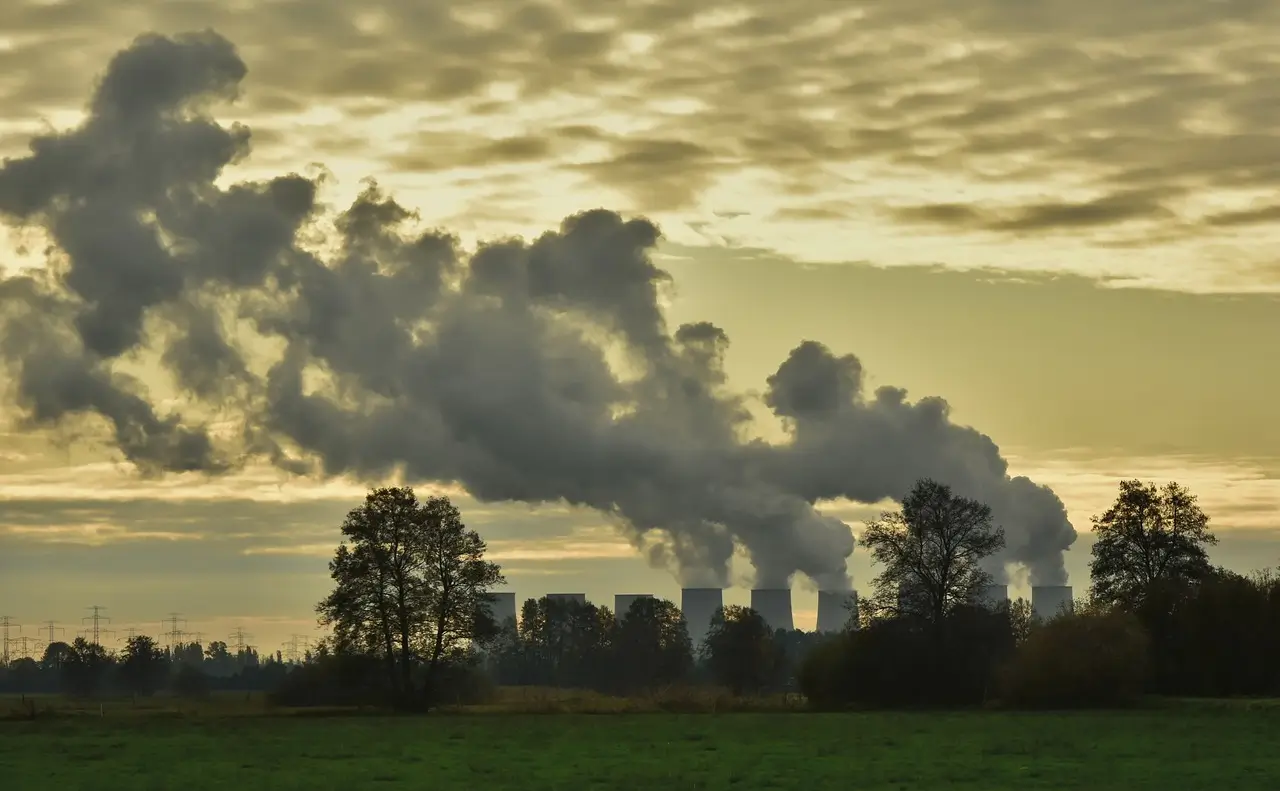Don’t let air quality myths cloud your understanding! This guide debunks 5 common misconceptions about air pollution, empowering you to make informed choices for your health and the environment. Breathe easy with the facts!
Don’t Get Hazed by Myths: Debunking 5 Common Misconceptions About Air Pollution
Air pollution – it’s a term we hear thrown around often, but how much do we truly understand about it? Unfortunately, a lot of misinformation circulates about air pollution. This can lead to complacency and hinder efforts to improve air quality. This blog cuts through the haze, debunking five common myths about air pollution and empowering you with the facts you need to protect your health and the environment.
Myth #1: Air Pollution is Only a Problem in Big Cities
Busted! While air pollution is often associated with bustling metropolises, it’s a concern for both urban and rural areas. Here’s why:
- Industrial Emissions: Factories and industrial facilities, even in smaller towns, can release harmful pollutants into the air.
- Agricultural Burning: Burning agricultural waste after harvest contributes to air pollution, impacting rural areas significantly.
- Transportation: Traffic emissions, not just from cars, but also from agricultural machinery, contribute to air pollution in rural regions.
While air quality might be generally better in rural areas, seasonal factors like wildfires or agricultural burning can create temporary spikes in pollution levels.
Myth #2: You Can’t See Air Pollution, So It Must Not Be Harmful
Busted! Air pollution often consists of microscopic particles invisible to the naked eye. These tiny particles, however, can be incredibly harmful when inhaled. They can penetrate deep into the lungs and even enter the bloodstream, causing various health problems.
Health Risks of Air Pollution:
- Respiratory Issues: Air pollution can aggravate asthma, trigger bronchitis, and even contribute to lung cancer.
- Heart Disease: Exposure to air pollution can increase the risk of heart attacks and strokes.
- Cognitive Decline: Studies suggest a link between long-term exposure to air pollution and cognitive decline.
Even if you can’t see air pollution, its impact on your health is undeniable.
Myth #3: Surgical Masks Effectively Protect You From Air Pollution
Busted! Surgical masks are designed to prevent the spread of germs and viruses, not to filter out air pollutants. Their loose weave allows many harmful particles to pass through, offering minimal protection against air pollution.
Effective Options for Air Pollution Protection:
- N95 Masks: These masks have a tighter weave and can filter out up to 95% of airborne particles, making them a more effective option for air pollution protection.
- Air Purifiers: Investing in an air purifier for your home can significantly improve indoor air quality, especially in areas with high pollution levels.
While surgical masks might offer some psychological comfort, they are not a reliable defense against air pollution.
Myth #4: Staying Indoors Protects You From Air Pollution
Busted! While staying indoors can offer some protection from peak outdoor pollution levels, it’s not a foolproof solution. Air pollution can infiltrate buildings through ventilation systems, and some indoor pollutants like dust mites and secondhand smoke can further compromise air quality.
Strategies for Cleaner Indoor Air:
- Invest in Air Purifiers: As mentioned earlier, air purifiers can significantly improve indoor air quality.
- Increase Ventilation: Open windows and doors when outdoor air quality permits to promote air circulation and reduce indoor pollutant build-up.
- Address Indoor Pollutants: Reduce sources of indoor air pollution, like dust mites, pet dander, and cigarette smoke, by cleaning regularly and maintaining proper ventilation.
Staying indoors might offer some temporary relief, but a comprehensive approach is necessary for protecting yourself from air pollution.
Myth #5: There’s Nothing I Can Do About Air Pollution
Busted! While air pollution is a complex issue, there are steps you can take to minimize your exposure and contribute to a cleaner environment:
- Reduce Reliance on Personal Vehicles: Opt for carpooling, public transportation, cycling, or walking whenever possible.
- Be Mindful of Energy Consumption: Conserving energy at home reduces your carbon footprint and indirectly helps combat air pollution caused by power plants.
- Support Sustainable Practices: Choose eco-friendly products and support businesses committed to sustainable practices.
- Stay Informed: Track air quality levels in your area and plan outdoor activities accordingly. Many air quality monitoring apps and websites provide real-time updates.
- Advocate for Change: Support policies that promote clean energy, stricter emission regulations, and sustainable practices.
By taking individual and collective action, we can significantly contribute to reducing air pollution and creating a healthier planet.
Conclusion: Knowledge is Power: Combating Air Pollution Together
Air pollution is a serious issue, but it’s not insurmountable. By debunking these common myths and understanding the realities of air pollution, you can take steps to protect yourself and advocate for cleaner air.
Remember:
- Stay Informed: Educate yourself about air pollution and its health risks.
- Take Action: Reduce your personal contribution to air pollution and support sustainable practices.
- Demand Change: Advocate for policies that promote cleaner air for everyone.
Together, we can breathe easier and create a healthier future for ourselves and generations to come.



